Practical information | decrypt the transformation process from coffee beans to coffee drinks
For professional baristas, please follow the coffee workshop (Wechat official account cafe_style)
How much do you know about coffee? You may have figured out the difference between fancy coffee, but a good cup of coffee is more than that. How many elements does a good cup of coffee need? If you want to get to the bottom of this: good coffee is based on high-quality coffee beans. Today we will take a look at those things about coffee beans and decipher the transformation process from coffee beans to coffee drinks.
Basic knowledge
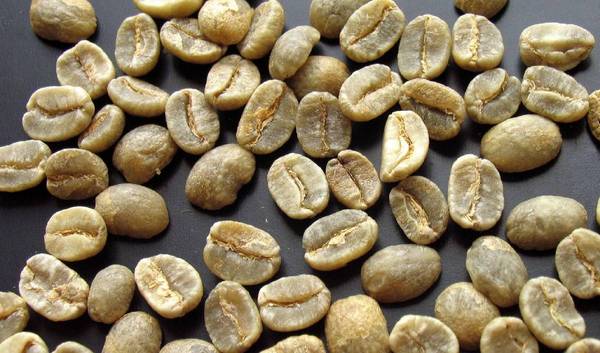
Coffee is different from tea. When we see tea, we can probably imagine what it looks like, but coffee is not. To really understand the coffee bean, we have to start with its initial state.
Coffee beans
Coffee beans are the seeds of coffee fruit, the same as other nuts. However, the coffee bean did not follow the path of ordinary nuts, and it eventually became a status drink rather than a snack.
Different varieties of coffee trees give coffee beans different flavor characteristics. The most widely grown coffee varieties in the world are Arabica coffee and Robster coffee.
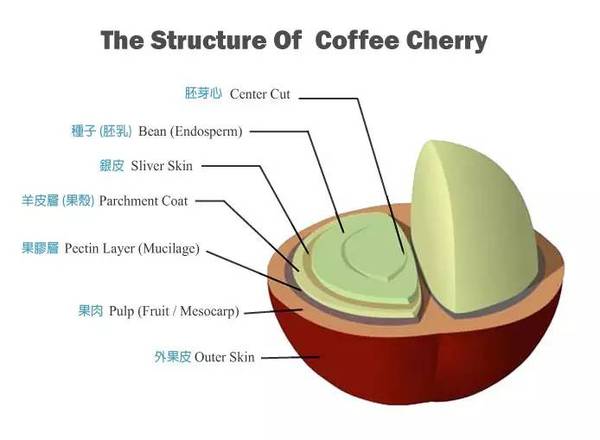
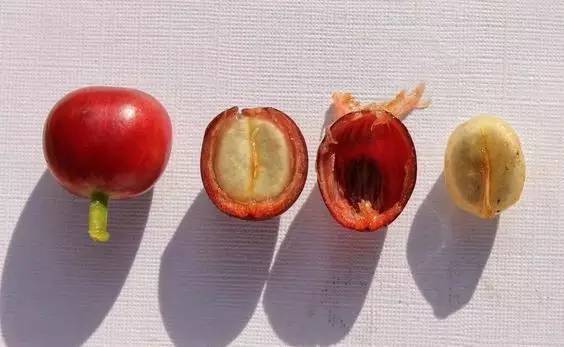
Anatomical map of ▲ coffee fruit
Arabica Coffee (Coffee Arabica): this coffee is suitable for growing on a tropical plateau at an altitude of 500 to 700 meters above sea level. There are many branches of Arabica coffee, different varieties of coffee trees have different characteristics, suitable for different soil, many varieties plus Arabica taste fragrance, pure taste, Arabica coffee has captured more consumers.
Robbst Coffee (Coffee Robusta): also known as Canifra Coffee, mainly grows in the tropical rainforest. There are fewer varieties, and the taste is more bitter and stronger than Arabica, which is more difficult to accept.
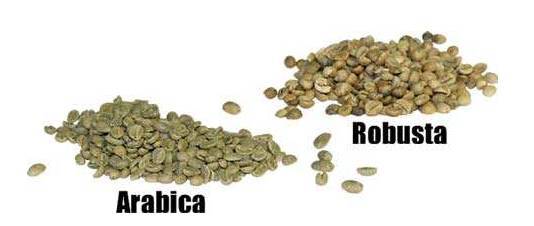
Arabica Coffee, Robst Coffee and Lieberka Coffee are the names of the original coffee and belong to the large plant classification, while the existing more than 100 kinds of coffee are the classification of these three kinds of original coffee.
The birthplace of coffee beans
There are many ways to name coffee, commonly named according to the variety of coffee, and according to the origin, usually the name of the mountain where the coffee plantation is located. The producing area is still hin important for coffee beans. One side of soil and water raises the other side of coffee beans.
For example, the best-known Blue Mountain Coffee. Located in Jamaica, the Blue Mountains are 1525 meters above sea level and are surrounded by the Caribbean Sea. The excellent geographical conditions give coffee a good growing environment. The alpine coffee produced in Jamaica is the best coffee in the West Indies, and Blue Mountain Coffee is one of the best.
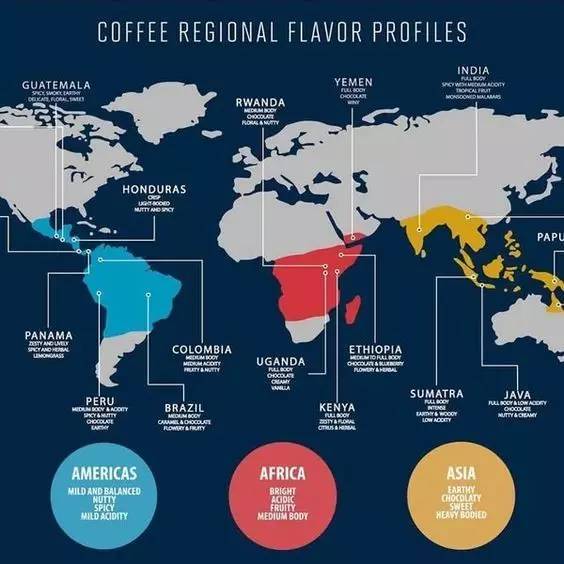
Coffee producing area distribution and corresponding flavor diagram: blue is America, coffee bean flavor is mild, with nutty and spicy flavor; red is Africa, coffee bean flavor is bright, sour and full of fruit flavor; yellow is Asia, with light soil flavor and chocolate flavor. Sweet.
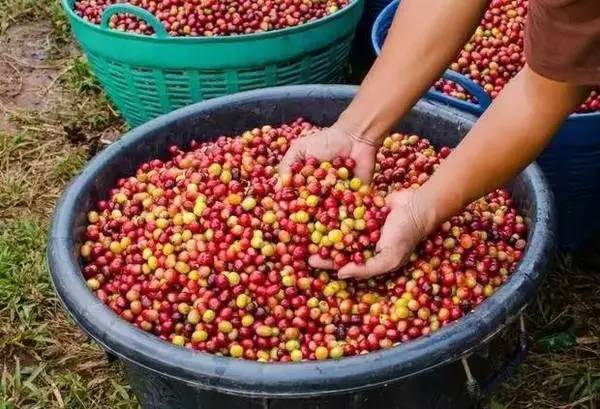
In addition to Jamaica, famous coffee producing countries include Brazil, Colombia and Cuba in the Americas; Kenya and Tanzania in Africa; India and Indonesia in Asia. Mantenin is produced on the island of Sumatra in Indonesia. Yunnan is also a suitable place for coffee growth. Yunnan small seed coffee has been welcomed by the international market.
Advanced knowledge
There is still a long way to go for a small coffee bean to become an unforgettable cup of coffee.
Baking
Like tea, coffee beans need to be boiled, a process called "baking". In the process of roasting, the unique flavor of coffee can be brought into play, and 80% of the taste of coffee is determined by roasting.
In the process of baking, the original light green coffee beans turn brown, and the color is related to the degree of roasting.
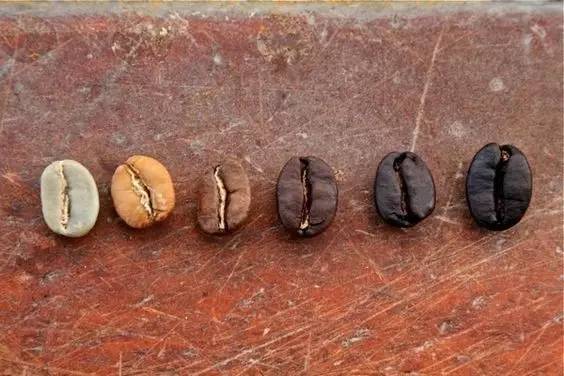
The stages of roasting coffee beans are generally divided into three categories: light roasting, moderate roasting and deep roasting. The sour taste of light baking is more obvious, while the bitter taste of deep baking is more obvious. The higher the baking degree, the lighter the sour taste and the heavier the bitter taste. Deep-roasted coffee beans will have a scorched taste, and the proper scorched taste will make the coffee more rich and rich. Higher-grade beans are more suitable for deep roasting, and the top Arabica coffee beans are generally the most suitable.
Freshly roasted coffee beans need exhaust. In order to release carbon dioxide, coffee beans can only be used after a day and a half. About 4 days after baking is the peak of coffee bean flavor, so coffee needs to be relatively fresh before it tastes good.
Ground coffee beans
After picking the coffee beans and choosing the appropriate baking method, the coffee beans need to be ground and broken in order to enter the brewing mode.
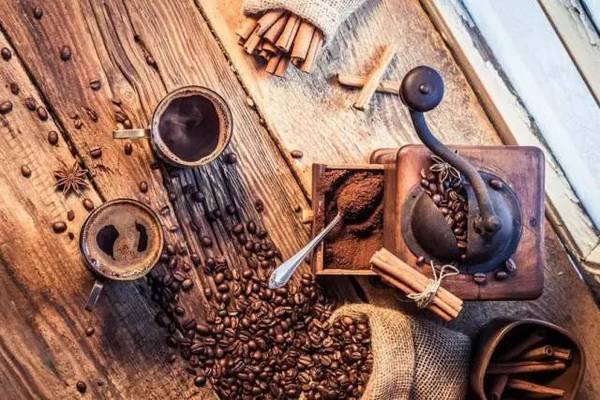
Generally speaking, a good grinding method should be:
1. Select the degree of grinding that matches the cooking / soaking
two。 The temperature should be controlled during grinding. Too high temperature will volatilize the aroma of coffee.
3. The particle / powder should be uniform in thickness.
4. Grind the coffee before brewing / brewing, and the early ground coffee will lose part of its flavor.
To brew / make coffee
The process of brewing / brewing is also very fastidious, not only to control the ratio of coffee to water, but also to control the water temperature and the contact time between coffee and water.
There are many brewing methods, and different brewing methods have different effects on the flavor of coffee. The easiest and easiest way to brew is the recently popular hand-brewed coffee. The operation is relatively simple, the filter paper can be thrown away after use, and it is more sanitary.
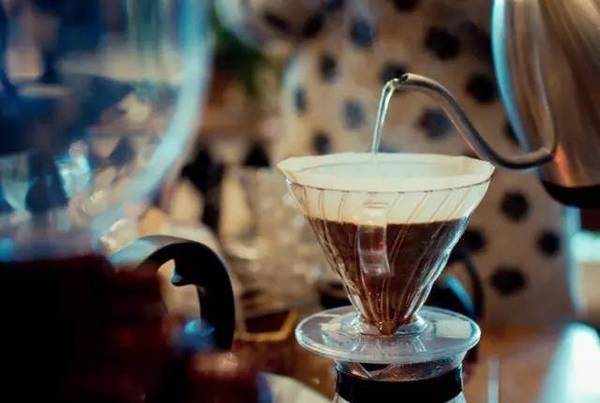
In most coffee shops, espresso machines are used, and some coffee shops use siphon pots.
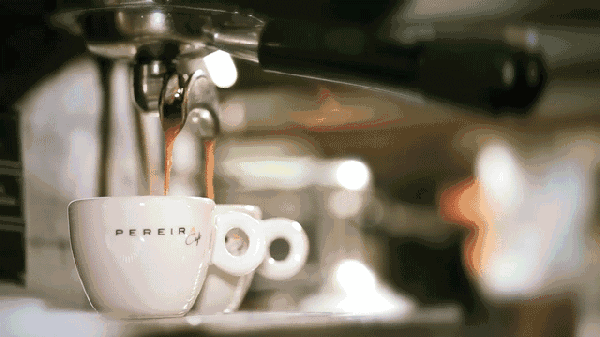
Cup test (Coffee Cupping)
What kind of baking and grinding methods are suitable for each coffee bean needs to be tested, and the process of this test is called cup test.
The brewing method of the cup test is different from the conventional method.
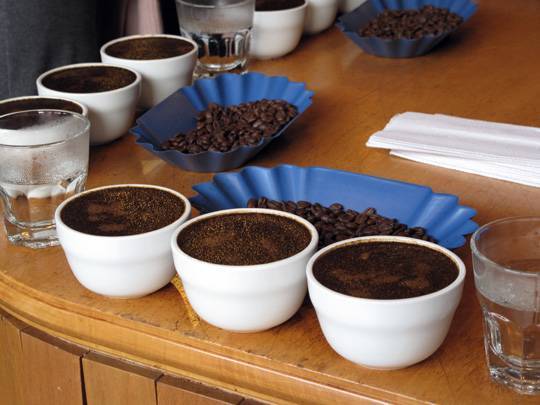
During the cup test, grind the coffee to a thicker powder and brew it in the cup according to the ratio of 8.25 grams of powder to 150 milliliters of hot water at 93 degrees Celsius. After filling the cup with water for three and a half minutes, stir three times with a spoon on the surface of the cup and skim off the floating foam. you can start to taste the coffee with a spoon.
For coffee roasters, the cup test is used to determine the roasting degree of coffee and to control the quality of coffee products.
Important Notice :
前街咖啡 FrontStreet Coffee has moved to new addredd:
FrontStreet Coffee Address: 315,Donghua East Road,GuangZhou
Tel:020 38364473
- Prev
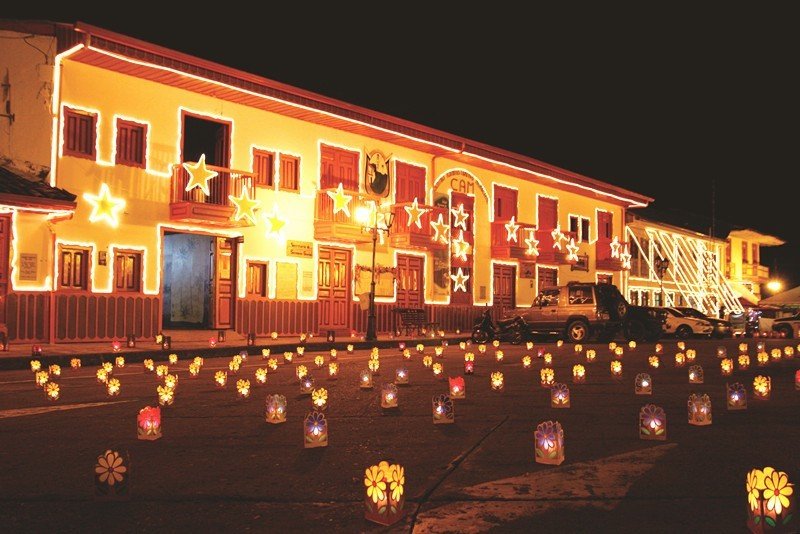
Where the best coffee is-Salento, Colombia!
Please follow the Coffee Workshop (official Wechat account cafe_style) from "do you want to open a coffee shop?" Barista's attack! Travel around the world, just for a good cup of coffee. "author / translator / Chen Xiaojing's best coffee, Salento, Colombia! I went through a lot of hardships all the way to get the best coffee in the world. First
- Next
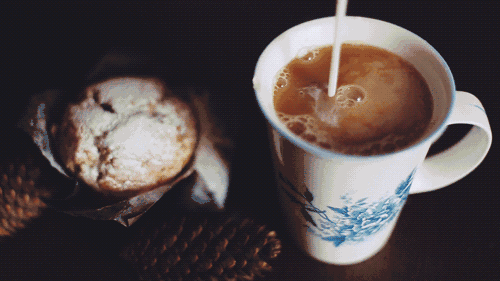
Explore the secret | what is a cup of authentic Guangdong-Hong Kong coffee like?
Communication of professional baristas Please follow the coffee workshop (official Wechat account cafe_style) to make a pot of coffee in the morning, or to have a cup of coffee after lunch break before working, which is the daily habit of many people. Some people think that coffee is bitter and astringent, like 24 flavors, but in the eyes of enthusiasts, coffee is not only a rich drink, but also represents a comfortable life. As early as in the last world
Related
- Beginners will see the "Coffee pull flower" guide!
- What is the difference between ice blog purified milk and ordinary milk coffee?
- Why is the Philippines the largest producer of crops in Liberia?
- For coffee extraction, should the fine powder be retained?
- How does extracted espresso fill pressed powder? How much strength does it take to press the powder?
- How to make jasmine cold extract coffee? Is the jasmine + latte good?
- Will this little toy really make the coffee taste better? How does Lily Drip affect coffee extraction?
- Will the action of slapping the filter cup also affect coffee extraction?
- What's the difference between powder-to-water ratio and powder-to-liquid ratio?
- What is the Ethiopian local species? What does it have to do with Heirloom native species?

